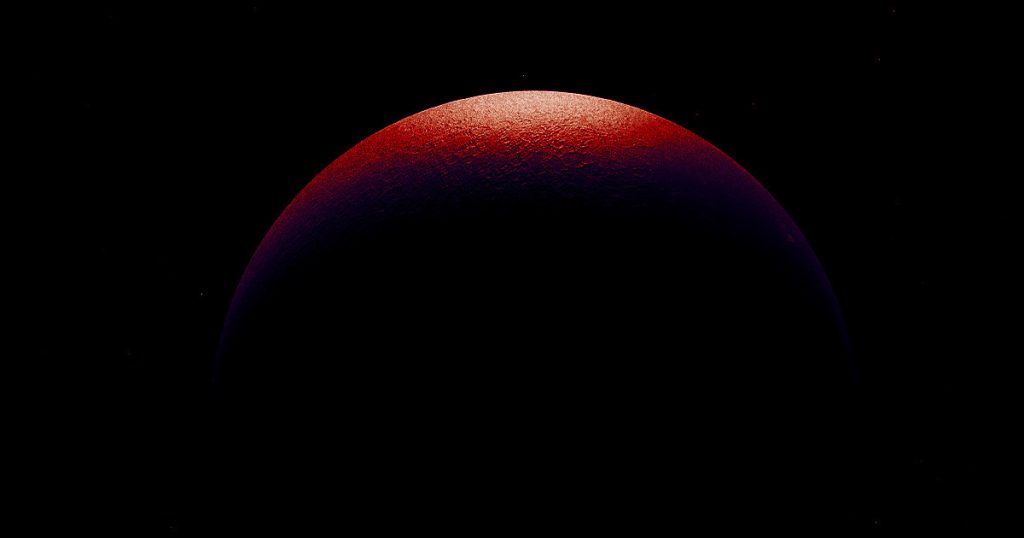Scientists have been searching for a hidden planet in the furthest reaches of our Solar System, known as “Planet 9”. New research published in the Astronomical Journal and shared in a not-yet-peer-reviewed paper suggests that this elusive planet may actually exist. The theory of Planet 9 is based on the orbits of trans-Neptunian objects (TNOs) beyond Neptune in the outer edges of our solar system. Sedna, a dwarf planet discovered in 2004, has a unique orbit that led scientists to suspect the presence of an undiscovered planet affecting TNOs.
Named as a nod to planetary scientists disappointed by the reclassification of Pluto in 2006, Planet 9, or P9, is a theoretical planet believed to be influencing the orbits of TNOs. While this planet has not yet been directly observed, the researchers behind the new papers argue that the best explanation for the unusual orbits of TNOs is the gravitational perturbations of a hidden planet. The next step in the search for Planet 9 is to utilize the advanced capabilities of upcoming space observatories to attempt to detect it. The Vera C Rubin Observatory, scheduled to become operational in 2025, is expected to provide crucial insights into the mysteries of our solar system’s outer regions.
The researchers are hopeful that the Vera C Rubin Observatory will be able to detect Planet 9 or any other celestial body affecting TNO orbits. They emphasize the importance of continuing to explore and uncover the secrets of our Solar System’s most distant regions. The observations made by the next generation of space observatories promise to shed light on the mysteries of our home galaxy and provide valuable insights into the nature of our cosmic neighborhood.
The discovery of Planet 9 could potentially revolutionize our understanding of the outer reaches of the Solar System and the forces at play in shaping its structure. By studying the orbits of TNOs and their interactions with a hidden planet, scientists hope to uncover new insights into the dynamics of celestial bodies and the formation of planetary systems. The search for Planet 9 represents a significant scientific endeavor that has the potential to expand our knowledge of the universe and deepen our understanding of the complexities of planetary astronomy.


